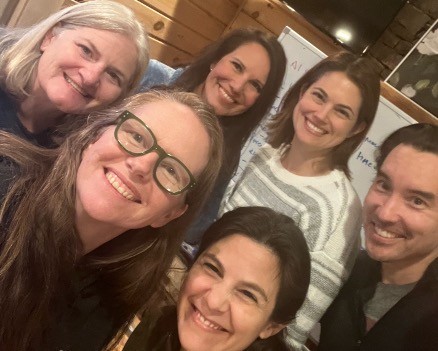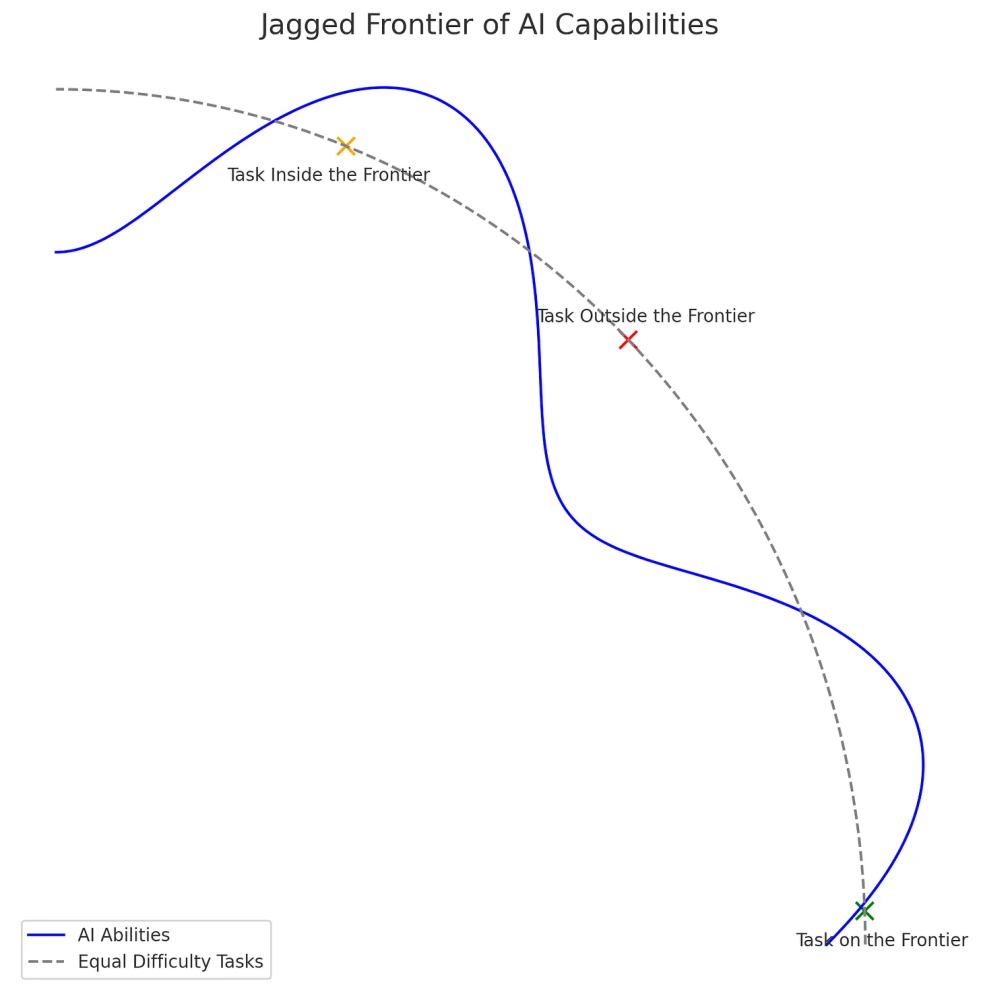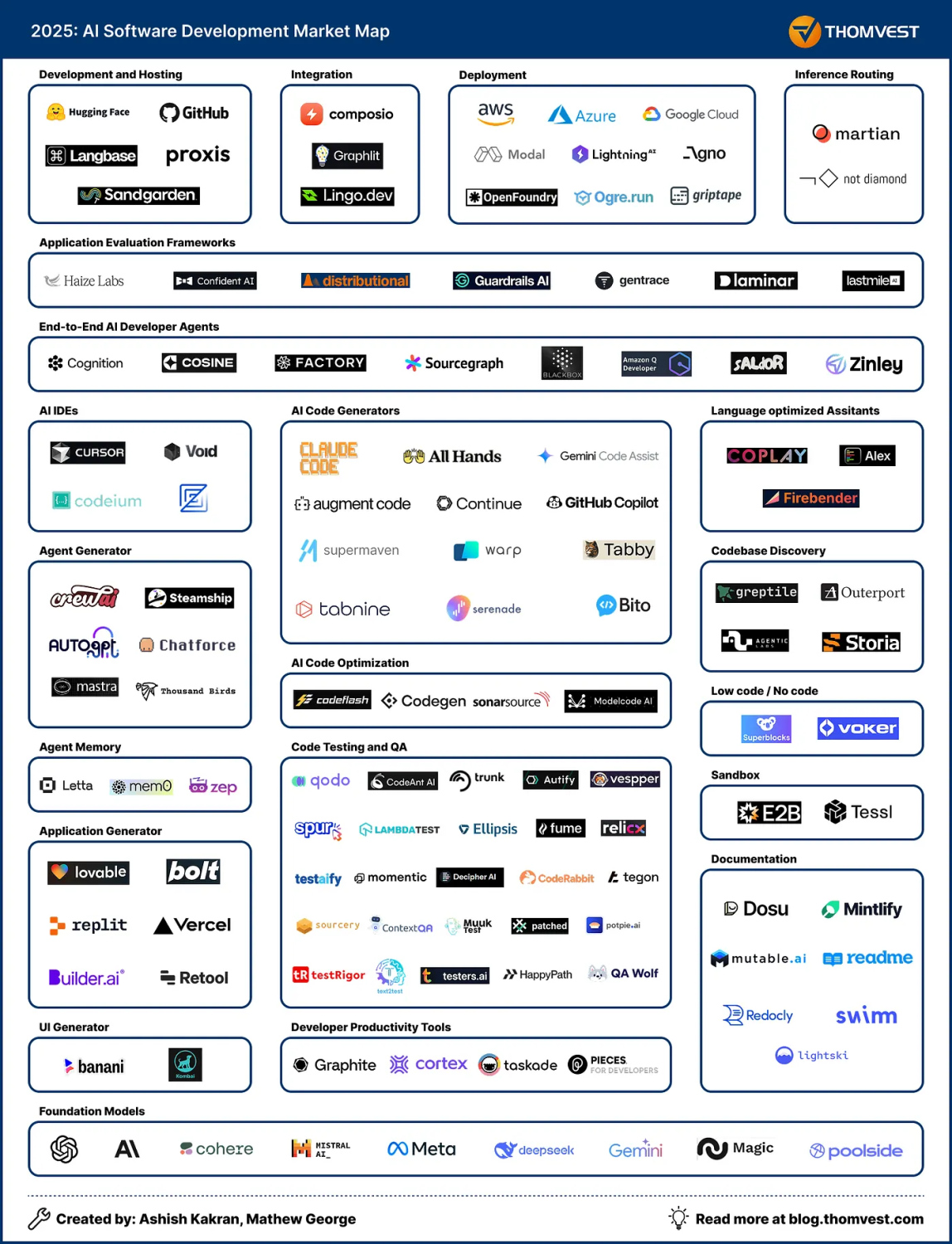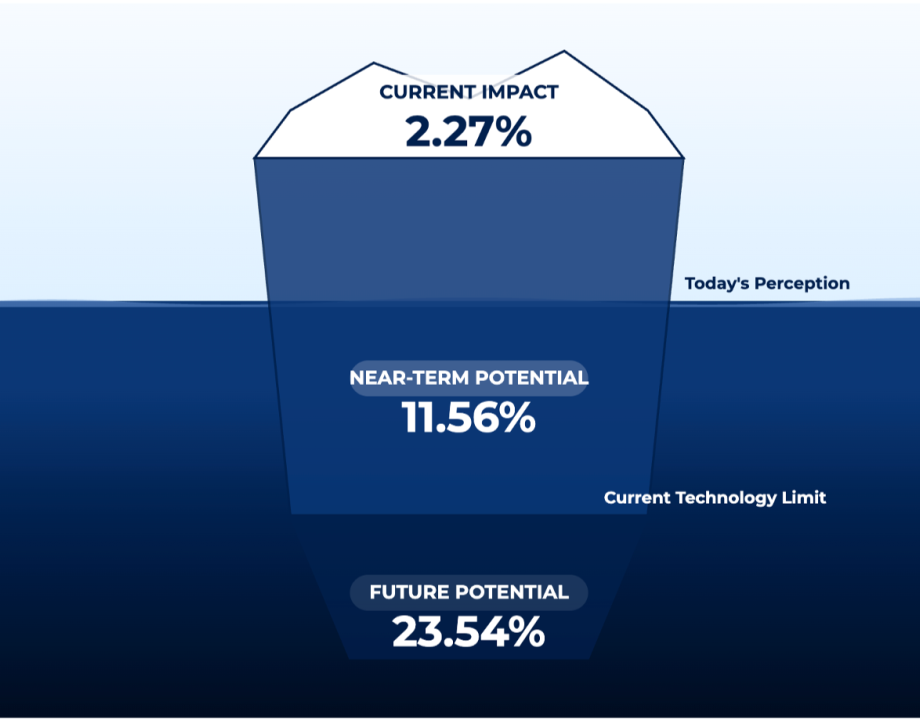
Workforce transformation is no joke. It's one of those things that as a consultant we over simplify with slides showing the Kotter change management framework. Throw in some change champions and some short term wins and voila - managed change. Bless our hearts, how naive we are. This is the story of what it actually takes to transform a workforce. I had the great privilege of running a workshop yesterday on this subject, which went really well, so I thought I would share it with the mortgage AI community in hopes of giving you a way to think about this particular type of change from the lens of lived experience.

By the way, I'm absolutely not knocking Kotter, Kotter is awesome. I use Kotter and the framework is quite useful. But I find that the Kubler-Ross framework is much more helpful in our particular context, it so aptly comes from the human side of the change process. As I reflect on my own experiences with profound loss, I'm struck by the internal versus external lens of loss and adjustment from each of these perspectives. Kotter comes at change from the outside - a management perspective. Kubler-Ross comes as change from the inside - a personal. We can do both at the same time.
December 2023, PhoenixTeam quarterly partner retreat, Tela at the front of the living room going on like a crazy person about how "there has to be a better way". It had clicked for me on a client project. I was part of a team working to do a ground up rebuild of a servicing platform. My team and I were transforming servicing guidelines into software requirements. So how do we do that? Well, you put the Fannie Mae guide on one screen, and your excel spreadhseet on the other one, and you copy, paste, interpret. Do this about, oh 150,000 times across Fannie Mae, Freddie Mac, VA, USDA, FHA, and then you can start the real work.

I had tinkered just enough with ChatGPT to experience what I call "the magic moment". This is the moment when we realize what genAI can actually do for the first time. The moment we actually understand why the world is losing their mind, and what all the fuss is about with the urgent need to get an AI strategy. This is the first step, and it really can't be skipped.
If you are looking for a place to start, this is it. The first thing to do is find a way to get your leadership team to have the magic moment. It's actually pretty easy, the right mix of foundational education, combined with the right demo, and the moment will happen. It can be done in as little as, say 45 minutes. This is why I do free AI speed learning. I want to help the industry get to that moment as quickly as possible because that allows us to move to step two.
Once I had the magic moment, then came the existential dread. I quickly realized that unless we did something radically different, we simply weren't going to have a business in three years time - at least not a wildly successful one. There will be a long tail on genAI impact, a very long tail. In fact, that tail will likely be longer than my remaining lifespan. But the really differentiated companies, the companies that will thrive early, will get to the change early. They will make the genAI pivot faster than everyone else.

So this is the phase where we start to understand how much everything is going to change, and we get really scared about how we fit in. How our business fits in. How we are going to be able to provide for our families and the families of the people who work for us. Yeah, it's that impactful. My business was assured to be impacted early and hard, your business will have different impact radius but I promise you, it's coming.
Don't be discouraged at this step. It is necessary for your team to have the fear, and to use that fear to fuel the next steps. So basically, if you are afraid, at least you know you have completed steps one and two, and can now move to step three.
From here you have a question to answer - are you going to eat the bear or is the bear going to eat you? We set out to redefine our business. We could sit around and wait for someone to do that for us (and risk irrelevancy) or we could decide what the business would be like. We educated ourselves, we immersed ourselves in Silicon Valley, we tinkered with all the tools. We correctly anticipated that the world of software development was going to radically change.

We decided that in the new world of software development, we just wouldn't need as many roles. If the basic work of every traditional procession could be reliably automated, then what would be left? We call it a paired product team. Instead of a team with multiple specialized roles, we envision one super-powered "product" role called the value engineer, paired with a supercharged chief AI engineer. This team just runs a straight kanban approach, agile is simply too long. In a world where you can go concept to cash in days, who has time for a two week sprint?
Now, this is an end state vision. We still have all kinds of teams, which is a good place to introduce the concept of what we call "interskilling", rather an upskilling or reskilling. This is the concept that we need to engage our workforce in a way that allows them to straddle both the now AND the AI future at the same time. I have multiple types of teams, configured for however we need to operate. I have traditional scrum teams, paired product teams, and even waterfall teams.
We have to be able to operate in whatever model works, and different models work for different environment and client ecosystems. On the one hand agile is dead. On the other hand, agile is alive and well-ish, and will be for some time.
Great! We have a business vision and we've embraced our fear. Now we enter the fumbling around phase. This is where we figure out all the things we don't know. Our teams are all homegrown. We have these incredible team members and leaders, why would we want to go outside for genAI talent? Furthermore, where would we even find this talent? At the time it was super-scarce (still is) and we believed we could do better on our own.

So we puttered and tinkered. We tried tools. We made a lot of CustomGPTs. We figured out what a ragbot was and built a lot of them. We threw away a lot of stuff. We bumped our heads against the wall numerous times. We got frustrated and enjoyed big and small victories. We navigated what Ethan Mollick and the Harvard Business School have called the jagged frontier.
Enter the first failed attempt at reskilling. I created some awesome PowerPoint slides and called it a bootcamp. We waved our AI flag, held the bootcamps, and waited for the transformation. Then we wondered why the transformation wasn't happening.
Turns out attendance is not the same as application.
Yes there will be PowerPoints and flag waving. I have personally created about 500 power point slides, and that was very helpful (and very expensive - see next step). And I can honestly say the slides are awesome. But it's not about the PowerPoint slides. It's about the application of the learning. It's about finding and embracing the new way of thinking. The slides are just a step along the way. We do demos. We show people how to build things. We explain things. We explain things again in a new way.
We spent a lot of money on a dedicated AI team. We spent a lot of time creating slides. We spent a lot of time going to conferences to learn. We spent a lot of money on education. We spent a lot of money on AI tooling and subscriptions. (I won't tell you how much my monthly personal spend on AI is - it's to ridiculous to admit). I can tell you from personal experience it is way more expensive than you think it will be. We continue to spend a lot of money on our team members, and it's all worth it.
Be ready to spend if you really want to be ready. And not just on tech, especially not just on tech.
By now, things started to click. We started to see it working. It was important at this moment to reflect. Maybe this is what Kotter means by the small wins. We set out on a journey to get somewhere, and we go somewhere. We started to see it working. I just knew there was a better way in December of 2023 and there was. We dedicated and re-dedictated ourselves to the journey. Even through, perhaps especially through, extraordinarily difficult times.

2024 was a year of extreme financial pressure for our company. We lost a huge contract (well, we didn't really lose it, but that's a story for another article). We had to do layoffs for the first time. It was horrible. And through it all, we continued to invest in genAI. Just because times were hard didn't mean we could give up. Especially becasue the times were hard, we had to stay the course. Giving up would just mean certain defeat and we simply were not going down without a fight. There's a reason our motto is "pivot or die" and we really mean it.
We didn't quite get it right the first time. Or the second time. I've had lots of bad ideas over the course of a 25-year career. I can say, however, that I tend to have more good ideas these days. Our original idea was to build a product that would automate the software development process. Good idea. Great idea even. However, if we'd gone that route we would have been squashed like a bug. There is so much money behind this problem, bilions and billions of dollars.

As we listened and learned to the industry, we adapted our ideas, our product vision, our services strategies in ways that better aligned to our particular market needs and wants. Thank goodness we did. And thank goodness for Leslie Peeler and all the great partners at Cenlar FSB, as well as David Upbin and the Mortgage Bankers Association, for walking with us on this journey.
This part of the process is about having the courage to look at what we think we know and check ourselves. We have to have the courage, especially in the AI times, to open up decisions we've made when new information surfaces. It's easy to get strategy whiplash so this is a balance. Stick to your guns. Be unwavering in our purpose and our vision, and also keep our eyes open. Things are changing so fast, and so often. Eyes up guys, eyes up. The "why" won't change, but the how definitely will.
My two hour PowerPoint, no matter how enthusiastically I delivered it, did not transform my workforce. Sorry guys. It probably won't work for you either. Since my first failed but well intended attempt, we've continued to try and I feel like we have hit our stride. What started as a two hour presentation has evolved into a five-day, in-person bootcamp that starts with the definition of AI and ends with each student designing and building their own AI agent using Claude Code.
In addition, we have created an AI operations team and set of objectives and key results (OKRs). Our AI ops team is a great balance and compliment to the value engineering we do, and helps drive AI into the fabric of the company. What we measure is what matters, and that's still true. AI ops is an emerging profession and practice that helps operationalize AI, track and optimize the total cost of AI ownership.
We have a relentless focus on application over attendance. Every who participates, then applies. Not just in the class but beyond. We use the things we build all the time. Our Chief Marketing Officer Michael Ramos build the application for our next AI exchange out of Replit.
And lastly, I encourage us all the focus on the concept of interskilling, rather than upskilling or reskilling. How can we get our workforce to work in concert with classic approaches, to be able to step back and forth between traditional and genAI methods?
And then it's Tuesday and everything changes again... Every time I run a course I have to update for new learnings, new stories, new tools, new ideas. I'm known to say that today is the worst the tech will ever be. It only gets better from here (except for GPT 5, that was definitely a step back).
So that's it - ten not very easy steps to achieve AI workforce transformation. Please join us at our next AI exchange to hear more and engage in the conversation. It's hype-free, real world, and we had a great time last time.
By Tela G. Mathias, Chief Nerd and Mad Scientist at PhoenixTeam, CEO of Phoenix Burst



